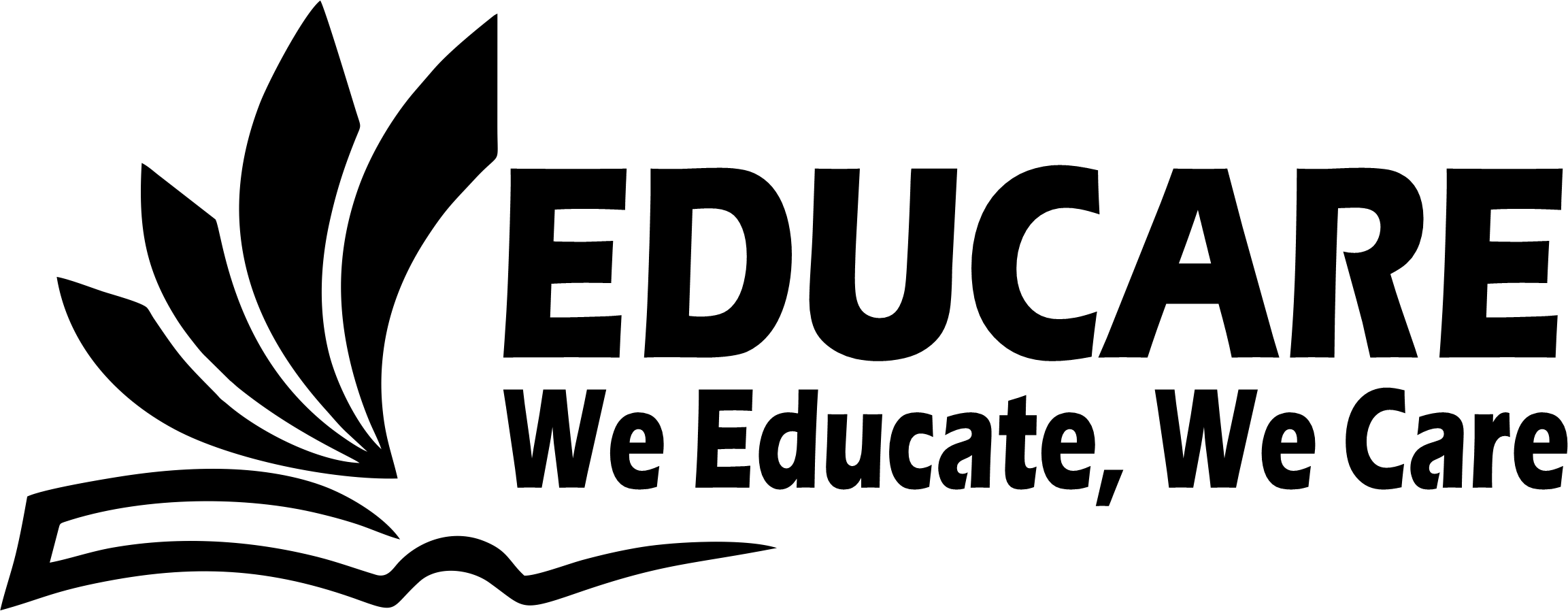Definition
Educational software is computer software, the primary purpose of which is teaching or self-learning.
History
The use of computer hardware and software in education and training dates to the early 1940s, when American researchers developed flight simulators which used analog computers to generate simulated on-board instrument data. One such system was the type19 synthetic radar trainer, built in 1943. From these early attempts in the WWII era through the mid-1970s, educational software was directly tied to the hardware, usually mainframe computers, on which it ran. Pioneering educational computer systems in this era included the PLATO system (1960), developed at the University of Illinois, and TICCIT (1969). In 1963, IBM had established a partnership with Stanford University’s Institute for Mathematical Studies in the Social Sciences (IMSSS), directed by Patrick Suppes, to develop the first comprehensive CAI elementary school curriculum which was implemented on a large scale in schools in both California and Mississippi.
The arrival of the personal computer, with the Altair 8800 in 1975, changed the field of software in general, with specific implications for educational software. Whereas users prior to 1975 were dependent upon university or government owned mainframe computers with timesharing, users after this shift could create and use software for computers in homes and schools, computers available for less than $2000.
Major developments in educational software in the early and mid-1990s were made possible by advances in computer hardware. Multimedia graphics and sound were increasingly used in educational programs. CD-ROMs became the preferred method for content delivery. With the spread of the internet in the second half of the 1990s, new methods of educational software delivery appeared. In the history of virtual learning environments, the 1990s were a time of growth for educational software systems, primarily due to the advent of the affordable computer and of the Internet. Today Higher Education institutions use virtual learning environments like Blackboard Inc. to provide greater accessibility to learners.
Major Types of Educational Software
1. Children’s learning and home learning
An immense number of titles, probably running into the thousands, were developed and released from the mid-1990s onwards, aimed primarily at the home education of younger children. Later iterations of these titles often began to link educational content to school curricula (such as England’s National Curriculum). The design of educational software programs for home use has been influenced strongly by computer gaming concepts – in other words, they are designed to be fun as well as educational. However as far as possible a distinction should be drawn between proper learning titles (such as these) and software where the gaming outweighs the educational value. The following are examples of children’s learning software which have a structured pedagogical approach, usually orientated towards literacy and numeracy skills.
- ClickN KIDS, Research based phonics and spelling software titles
- Disney Interactive learning titles based on characters such as Winnie-the-Pooh, Aladdin, The Jungle Book and Mickey Mouse
- GCompris, contains numerous activities, from computer discovery to science
- Knowledge Adventure’s JumpStart and Blaster Learning System series
- The Learning Company’s Reader Rabbit, The ClueFinders and Zoombinis series.
2. Courseware
Courseware is a term that combines the words ‘course’ with ‘software’. Its meaning originally was used to describe additional educational material intended as kits for teachers or trainers or as tutorials for students, usually packaged for use with a computer. The term’s meaning and usage has expanded and can refer to the entire course and any additional material when used in reference an online or ‘computer formatted’ classroom. Many companies are using the term to describe the entire “package” consisting of one ‘class’ or ‘course’ bundled together with the various lessons, tests, and other material needed. The courseware itself can be in different formats, some are only available online such as html pages, while others can be downloaded in pdf files or other types of document files. Many forms of e-learning are now being blended with term courseware. Most leading educational companies solicit or include courseware with their training packages. In 1992 a company called SCORE! Educational Centers formed to deliver to individual consumers courseware based on personalization technology that was previously only available to select schools and the Education Program for Gifted Youth.
3. Classroom aids (Interactive whiteboard)
Some educational software is designed for use in school classrooms. Typically such software may be projected onto a large whiteboard at the front of the class and/or run simultaneously on a network of desktop computers in a classroom. This type of software is often called classroom management software. While teachers often choose to use educational software from other categories in their IT suites (e.g. reference works, children’s software), a whole category of educational software has grown up specifically intended to assist classroom teaching. Branding has been less strong in this category than in those oriented towards home users. Software titles are often very specialized and produced by various manufacturers, including many established educational book publishers.
4. Assessment software
With the impact of environmental damage and the need for institutions to become “paperless”, more educational institutions are seeking alternative ways of assessment and testing, which has always traditionally been known to use up vast amount of paper. Assessment software refers to software with a primary purpose of assessing and testing students in a virtual environment. Assessment software allows students to complete tests and examinations using a computer, usually networked. The software then scores each test transcript and outputs results for each student. Assessment software is available in various delivery methods, the most popular being self-hosted software, online software and hand-held voting systems. Proprietary software and open-source software systems are available. While technically falling into the Courseware category (see above), Moodle is an example of open-source software with an assessment component that is gaining popularity. Other popular international assessment systems include QuestionMark and EvaluNet XT.
5. Edutainment
In a broader sense, the term edutainment describes an intentional merger of computer games and educational software into a single product (and could therefore also comprise more serious titles described above under children’s learning software). In the narrower sense used here, the term describes educational software which is primarily about entertainment, but tends to educate as well and sells itself partly under the educational umbrella. Software of this kind is not structured towards school curricula, does not normally involve educational advisors, and does not focus on core skills such as literacy and numeracy.
6. Reference software
Encyclopedia Britannica Ultimate Reference Suite is an example of reference software. Many publishers of print dictionaries and encyclopedias have been involved in the production of educational reference software since the mid-1990s. They were joined in the reference software market by both startup companies and established software publishers, most notably Microsoft.
The first commercial reference software products were reformulations of existing content into CD-ROM editions, often supplemented with new multimedia content, including compressed video and sound. More recent products made use of internet technologies, to supplement CD-ROM products, then, more recently, to replace them entirely.
Wikipedia and its offspins (such as Wiktionary) marked a new departure in educational reference software. Previously, encyclopedias and dictionaries had compiled their contents on the basis of invited and closed teams of specialists. The Wiki concept has allowed for the development of collaborative reference works through open cooperation incorporating experts and non-experts.
7. Educational software on custom platforms
Some manufacturers regarded normal personal computers as an inappropriate platform for learning software for younger children and produced custom child-friendly pieces of hardware instead. The hardware and software is generally combined into a single product, such as a child laptop-lookalike. The laptop keyboard for younger children follows an alphabetic order and the ‘qwerty’ order for the older ones. The most well-known example is Leapfrog products. These include imaginatively designed hand-held consoles with a variety of pluggable educational game cartridges and book-like electronic devices into which a variety of electronic books can be loaded. These products are more portable than general laptop computers, but have a much more limited range of purposes, concentrating on literacy.
8. Computer games with learning value
These are games which were originally developed for adults or older children and which have potential learning implications. For the most part, these games provide simulations of different kinds of human activities, allowing players to explore a variety of social, historical and economic processes. For example:
- City-building games such as the SimCity series (1989–2003) and Caesar (video game) (1993–2006) invite players to explore the social, practical and economic processes involved in city management;
- Empire-building games such as the Civilization (video game) series (1991–2005) and the Europa Universalis series (2000–2007) help players to learn about history and its political, economic and military aspects;
- Railroad management games such as Railroad Tycoon (1990–2003) and Rails Across America (2001) illuminate the history, engineering and economics of railroad management.
- Geography games such as PlaceSpotting (2008–2009) help players to find locations on earth according to some hints.
There are highly specific niche markets for educational software, including:
- Driving test software
- Interactive geometry software
- Language learning software (KVerbos or English in a Flash, for example)
- Mind Mapping Software such as MindGenius which provides a focal point for discussion, helps make classes more interactive, and assists students with studying, essays and projects.
- Notetaking
- Software for enabling simulated dissection of human and animal bodies (used in medical and veterinary college courses)
- Spelling tutor software
- Typing tutors (KTouch, Mario Teaches Typing or Mavis Beacon, for example)
- Medical and healthcare educational software
- OOo4Kids (pronounced “OpenOffice.org for Kids”)
When children use educational software, they spend a lot of time in front of their computer. There are a number of pros and cons for learning educational concepts using computer software.
Strengths of Educational Software
For example, when children are learning a new concept on their computer, they are in total control of the experience. They can move at their own pace. They can review and practice as much as they want. They can select the level or degree of difficulty that seems best for their learning needs.
Today’s software creates a whole new educational experience. Children not only see what they are learning, but they also use multiple senses to master the concept.
No one knows why computer fascinate young children, but they do. This frequently results in children spending more time and practice on their learning task. This increased focus and attention helps them gain a deeper mastery of their learning.
Limitations of Educational Software
Because good software tends to enhance the educational experience of most children, they frequently spend too much time in front of their computers. This can cause some physical health risks. Eyestrain is a common problem. Because children may lean forward while using their computer, potential posture and skeletal problems can occur.
To alleviate the potential health problems, you should make sure that the setup of the computer is designed for the child, not the adult. The time children spend on educational activities in front of the computer should be monitored.
Another problem with educational software is the appropriateness of the software. If a child works on a concept that is either too hard or too easy, frustration or boredom may quickly occur. The educational activities of a child on the computer should be monitored to insure maximum the benefits and minimize negative influences and over-stimulation.
Finally, as a child becomes adept with their educational activities on the computer, they become quite confident with their computer skills. If the child has access to the Internet, their parents should closely monitor their time and activities. Otherwise, there are some real dangers from just “surfing the net”.
In summary, the benefits of good computer software for educational activities far outweigh the disadvantages as long as a parent or adult are involved. Good monitoring software is strongly recommended for children who use the Internet for educational or other activities.
OTHER RELATED POSTS
Integrating Technology in Classroom



